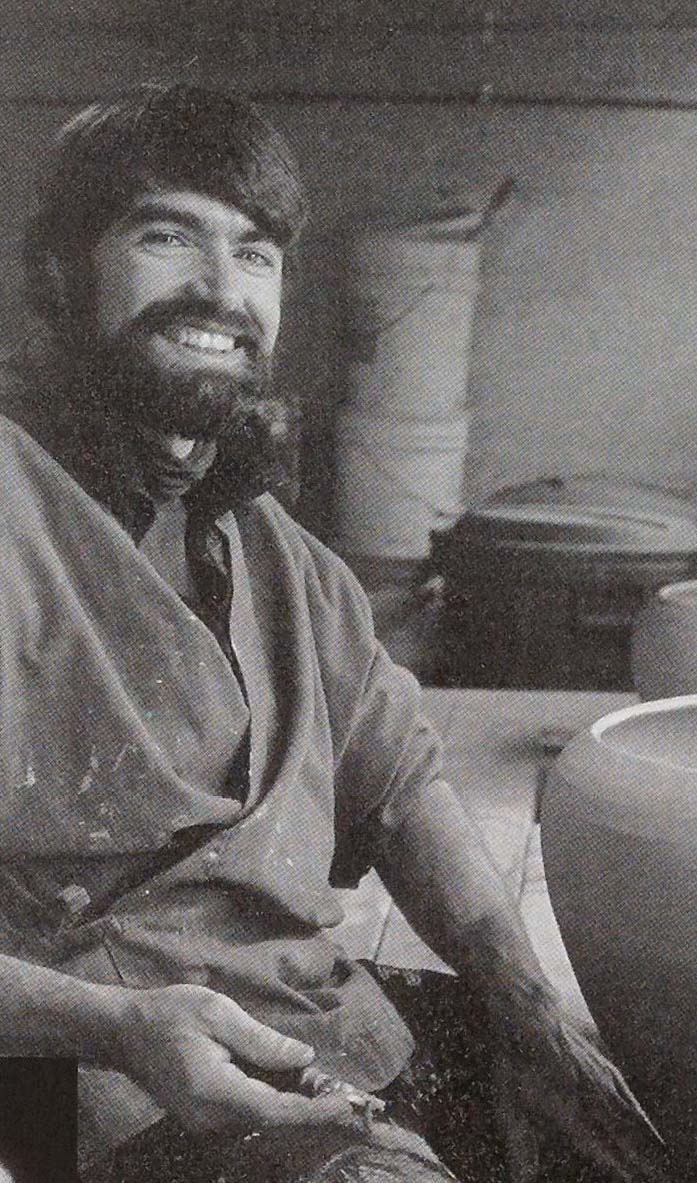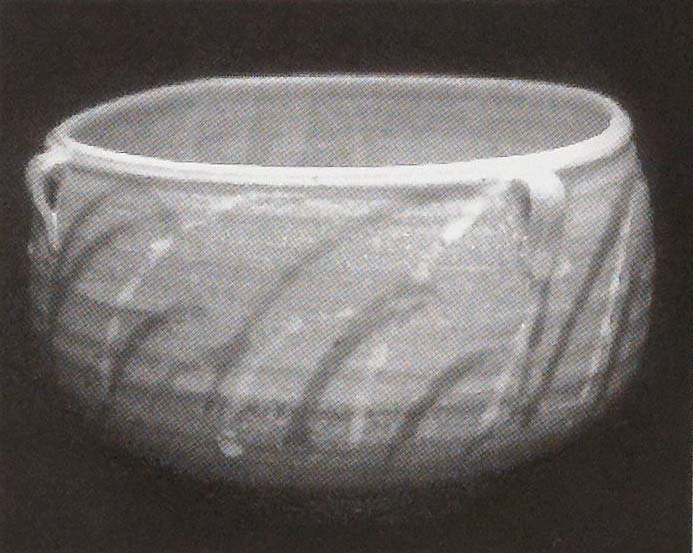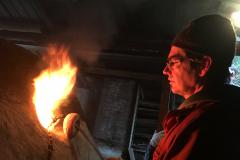Pennsylvania Passages: Part One: Willi Singleton
This is an interview that was part of Pennsylvania Passages 1 that was conducted during March, 2000 in eastern Pennsylvania, principally around Philadelphia and as far wast as Huntingdon. Interviews with potters and ceramic artists in western Pennsylvania from State College to Pittsburgh and Erie appeared in issue Volume 29 Number 1. The comments published are excerpted from extended archival interviews conducted in situ with each person, and constitute in their entirety part of the Studio Potter Archive of American Potters.

I started as Shigeyoshi's apprentice. It was hard for me, mostly I think because of my own incompetence. I couldn't speak Japanese and didn't understand a lot of what was going on around me. I didn't know what to expect. Lots of things happened, such as a faucet breaking off in my hands, and tools that seemed to disintegrate.
I just wasn't aware of how flimsy things were. They began treating me like I might break anything I touched. Boy, I was dangerous for a while, like a bull in a china shop. After a while I seemed to get the hang of things. I did general upkeep chores, like sweeping and splitting wood and pugging clay. There was an electric wheel I was assigned to, and I made smalI sake cups if there wasn't anything else to do. I was expected to practice, not contribute to the workshop's production, as my cups were thrown back to be reconstituted.
After a year I decided the end of my time in this workshop had come. I went back to Kobe and studied Japanese language for eight months. I studied pottery in Mashiko with Tapo Narui in 1985, then met Shiro Otani and eventually became Otani's assistant when he traveled to the United States. I had learned that the spectrum of apprenticeships in Japan can be from one extreme or the other, or anything in between.
I was married in 1987 and we came back here to Pennsylvania to set up a pottery at my grandparents' place in Kempton. We turned the chicken coop into a workshop, then built a climbing kiln. I had expected to use just storebought clays and glazes the way all potters in the U.S. did, but my wife said, No, we will find our own clay and use
ashes for glazes. Now we use wood ash, corn stalk ash, rice ash, clay out of the creek for slips, and the clay from Hawk Mountain for making pots. I use 2/3 Hawk Mt. clay, 1/3 mixture of stoneware clays. The ash comes from the fireplace. It takes a lot of corn stalks to make an ash. I use 1/3 cornstalk ash, 1/3 wood ash, and 1/3 feldspar. I often put it on top of other glazes. The rice hull ash is more refractory with twice as much silica.
I have a Mashiko-style climbing kiln with four chambers, based on the design of the Tsuneo Narui family. I only use three or four cords of wood to fire, and usually fire only three chambers. The firing is 36 hours for four chambers, a little quicker for three chambers. I preheat for several days. Ifire three times a year. Lots of friends come to help me out. I've got a hearty crew to help.
My main production is tableware, things people can use to eat from. Plates, bowls, cups, mugs, serving dishes. Also large jars, mostly decorative. Also things for the tea ceremony. Uresenke teachers from Philly and Washington have come up here, and I like making things for them.


